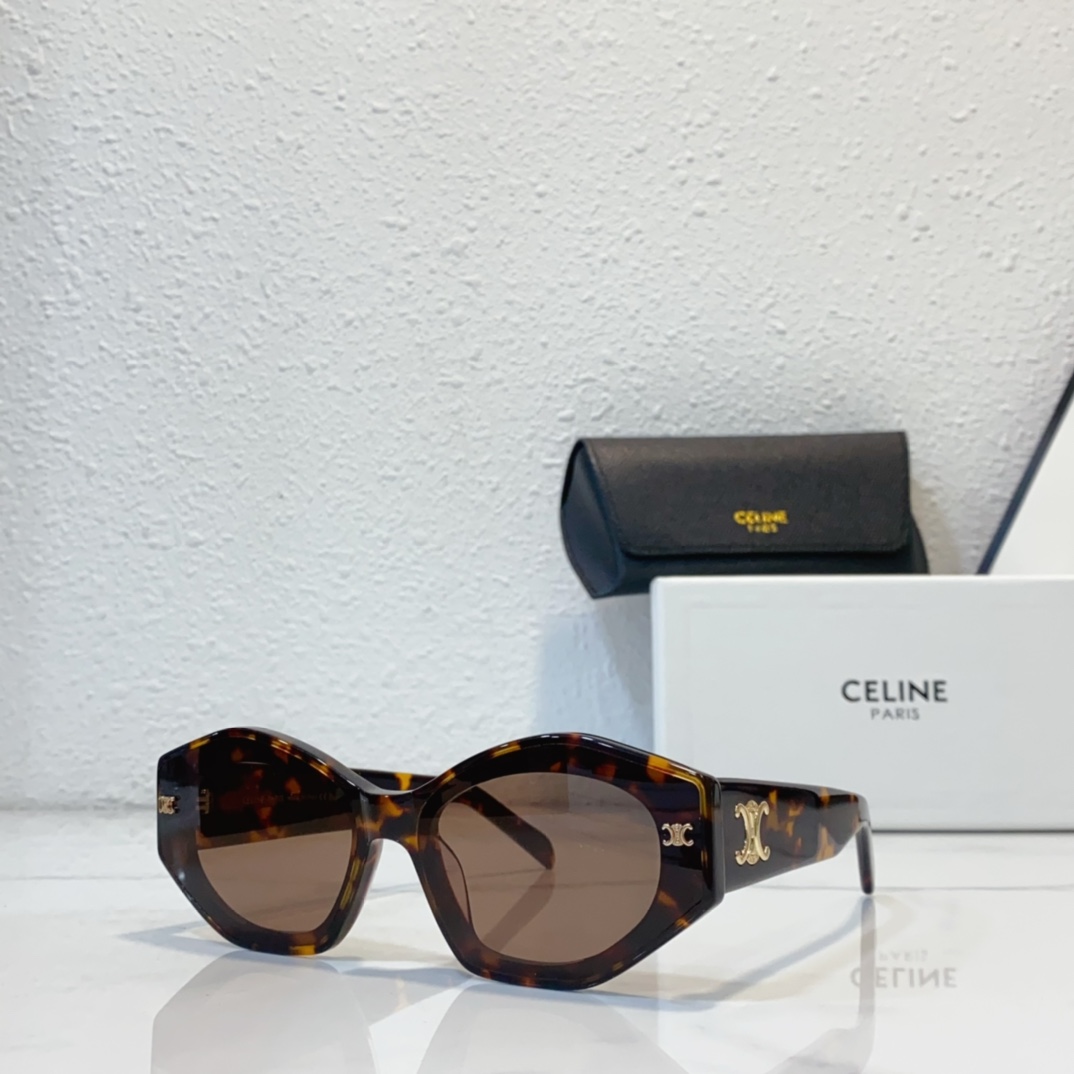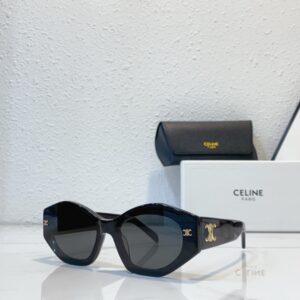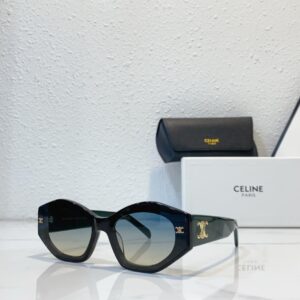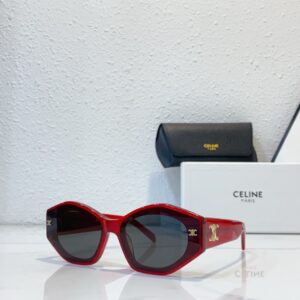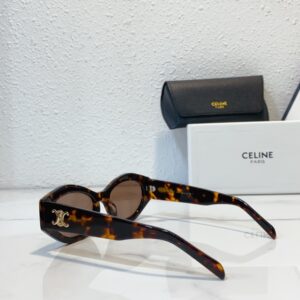Understanding Low-Quality Lenses
Low-quality lenses are typically defined by their inferior materials and less rigorous manufacturing processes, which can significantly affect visual clarity and overall eye health. Unlike high-quality eyewear, which adheres to strict industry standards, low-quality lenses often lack essential features such as adequate UV protection, optical clarity, and durability. These deficiencies not only compromise vision but can also lead to various eye problems over time.
One of the primary characteristics of low-quality lenses is inadequate UV protection. Harmful ultraviolet rays can contribute to serious eye conditions, including cataracts and macular degeneration. High-quality lenses usually incorporate UV coatings that effectively block these rays, whereas poor lenses may provide little or no protection, exposing wearers to potential harm. Therefore, when considering eyewear, it is crucial to verify the lens’s ability to filter out harmful sunlight.
Additionally, low-quality lenses are often associated with poor optical clarity. This can manifest as distortion, blurriness, or an overall lack of sharpness, which can strain the eyes and lead to headaches or fatigue. High-quality lenses are engineered to enhance visual acuity, utilizing advanced technologies to reduce distortion and optimize clarity. Consumers should carefully examine lens specifications, including refraction and clarity ratings, to avoid these common pitfalls.
Durability is another concern with low-quality lenses. Inexpensive materials tend to scratch easily and may degrade over time, compromising their functionality. High-quality lenses, in contrast, are often treated with scratch-resistant coatings and manufactured from stronger materials, ensuring they can withstand daily wear and tear. Thus, when purchasing eyewear, it is essential for consumers to be aware of the materials and coatings used to ensure long-lasting performance and eye safety.
Common Eye Problems Linked to Poor Eyewear Choices
The use of low-quality lenses can lead to a variety of eye problems that significantly impair visual comfort and overall eye health. One of the most prevalent issues associated with poor eyewear choices is eye strain, which typically manifests as discomfort and fatigue in the eyes. This condition often arises when individuals use lenses that do not provide adequate correction or appropriate UV protection. As a result, constant squinting or straining to see clearly may develop, leaving the individual feeling fatigued and confused by the visual disturbances.
Headaches are another common problem closely linked to the use of substandard lenses. When the eyes work harder than necessary due to insufficient lens quality, tension can build up in the surrounding muscles, resulting in headaches. These migraines can further disrupt everyday activities, making concentration difficult and detracting from productivity. It is essential for individuals to understand that persistent headaches might hint at underlying vision problems aggravated by poorly made eyewear.
Blurred vision is often reported by those who wear low-quality lenses, particularly among those who experience refractive errors such as myopia, hyperopia, or astigmatism. These conditions arise when lenses fail to provide the correct corrective power, causing visual distortions that hinder one’s ability to see clearly. Long-term exposure to blurred vision can lead to further complications, including prolonged eye fatigue, which may diminish one’s overall quality of life.
In conclusion, the negative impacts of low-quality lenses on vision can escalate from mere discomfort to more severe eye conditions. It is crucial to prioritize high-quality eyewear for maintaining optimal eye health and mitigating common eye problems. Regular eye examinations and professional consultations are essential to identify appropriate corrective measures and ensure that one’s visual needs are adequately addressed.
The Long-Term Effects of Using Poor Eyewear
The consequences of wearing low-quality lenses over an extended period can be profound, often affecting both physical and psychological well-being. Prolonged exposure to inferior eyewear can lead to a range of chronic eye problems, including digital eye strain, blurry vision, and distorted images. Inferior lenses lack the necessary optical clarity and can contribute to poor visual alignment, increasing the risk of persistent headaches and discomfort. Such issues frequently stem from inadequate protection from harmful blue light or ultraviolet (UV) radiation, which can exacerbate the risk of developing cataracts and macular degeneration in the long run.
Moreover, these chronic eye conditions can result in severe implications, including potential vision loss. The inability to see clearly can hinder daily activities and substantially diminish the quality of life. Beyond the physical aspects, individuals may also experience psychological repercussions, such as anxiety and depression, stemming from their compromised vision. Navigating the world with impaired sight can lead to feelings of frustration and helplessness, significantly affecting social interactions and professional opportunities.
From an economic perspective, the implications of using low-quality lenses are particularly noteworthy. While the initial investment in subpar eyewear may appear economical, the long-term costs associated with treating the resultant eye conditions can accumulate significantly. Regular visits to eye specialists, additional prescriptions, and potential corrective surgeries can lead to substantial financial strain. Therefore, choosing to invest in quality eyewear not only protects vision but also serves as a cost-effective strategy in the long term. Recognizing the importance of high-quality lenses is essential for ensuring optimal eye health and maintaining overall well-being.
Tips for Choosing Quality Eyewear
Selecting quality eyewear is crucial for maintaining optimal vision and eye health. When considering new lenses or glasses, it is essential to prioritize features that enhance comfort and visual clarity. First, ensure that the lenses possess scratch-resistant coatings. This feature protects the lenses from daily wear and tear, thereby prolonging their lifespan. Additionally, look for lenses that offer adequate ultraviolet (UV) protection, which shields the eyes from harmful rays that can lead to severe conditions such as cataracts.
Another important aspect to inquire about is the lens material. High-quality lenses, such as those made from polycarbonate or high-index plastic, provide excellent optical clarity while also being lightweight and durable. It is beneficial to ask opticians whether they recommend these materials based on your lifestyle and prescription. A comprehensive consultation with an eye care professional can help identify the best options tailored to individual needs.
Regular eye examinations cannot be understated. It is advisable to schedule routine check-ups to ensure your prescription remains accurate and identify any potential eye problems early on. Utilize these appointments to pose relevant questions about lens options, specific features that may be advantageous, and the latest advancements in eyewear technology.
Familiarizing yourself with reputable eyewear brands is vital. Research companies known for their quality craftsmanship and positive customer reviews. Furthermore, look for certification labels from recognized authorities in the optical field, which often indicate that the eyewear meets established standards for safety and effectiveness. By adhering to these guidelines and remaining proactive in your eyewear choices, you can significantly enhance your visual experience and overall eye health.
